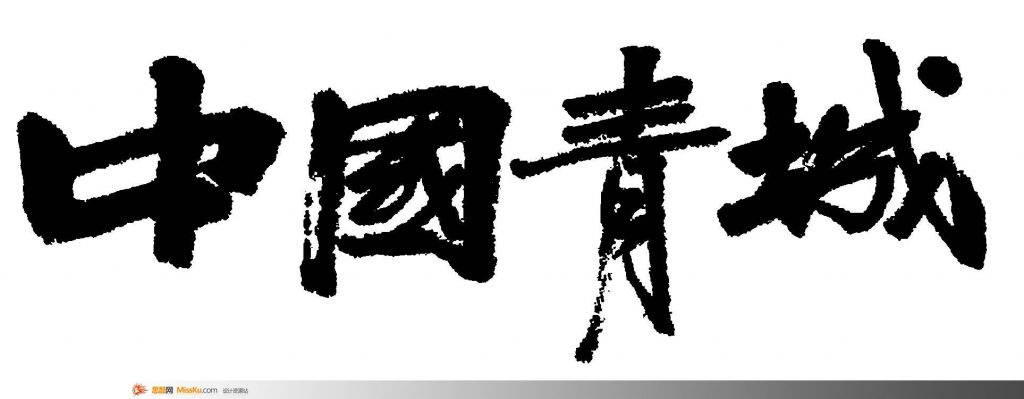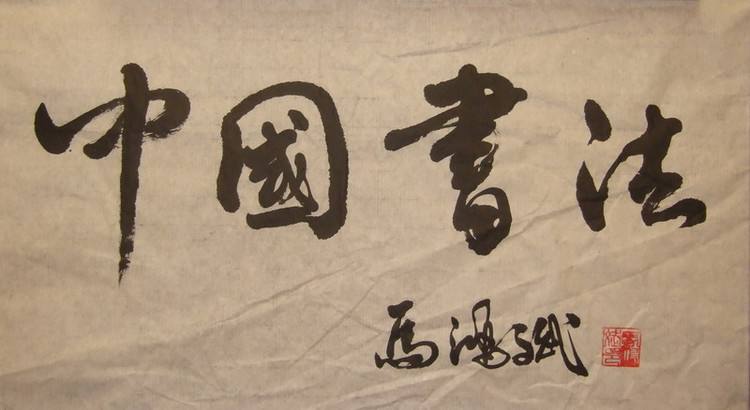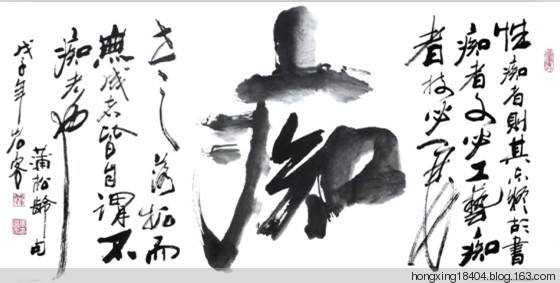Rhythm of calligraphy
3 min readMid-Autumn,by wang Xianzhi(344-386):aprecious work of chinese calligraphy Calligraphy is the art of lines,or strokes.Lin Huaimin(b.1947),a famous dancer from China’s Taiwan Island and director of the Cloud Gate Dancing Troupe,once choreographed a collective dance named”Running-Cursive Script,”which gained him worldwide fame.His inspirations came from Chinese calligraphy,and dancing enlivened the spirit of the art ofwriting,especially his”Running-Cursive Script No.2.”The dancer onstage becomes no more adancer but a calligrapher wielding his brush and applying ink to paper,pausing one moment and writing in high spirits the next.His movements are now swift,smooth and elegant,and now slow,gentle and enchanting.Although there is neither script in the setting nor characters on the stage,the audience can easily feel the presence of the intriguing art of calligraphy.

In the Tang Dynasty(618-907),the master calligrapher Zhang Xu(birth and death dates unknown)became absorbed all day long in his world of running-cursive script,copying the master calligraphers from former dynasties,but making little progress.One day,on the streets of Chang’an,the capital city of the dynasty,he saw a crowd of people gathering toenjoya performance by Lady Gongsun,a famous dancer of the time.She was performing a sword dance,her supple body and flying robe mixing with the movements of the sword up and down,and becoming perfectly integrated into the surroundings.Zhang Xu was enchanted,and it was through this performance that he discovered the genuine beauty of calligraphy and made rapid progress in his profession.

A modern dancer obtained great wisdom from calligraphy,while an ancient calligrapher had been inspired by dance.This definitely indicates some common element that calligraphy and dance share,and this element is none other than their internal vital energy,the soul of calligraphy as well as the soul of dance.

Someone once remarked that enjoying Chinese calligraphy is just like enjoying shadowboxing,in which a boxer moves and turns,making rhythmical,coherent dancing lines in midair.
remple of Guan Yu,in small regular script by Zhu runming(1 460-1527),Ming Dynasty The”one-stroke character”in Chinese calligraphy refers to such an internal line of energy.A”one-stroke character”actually means a character written with strokes at one go,rather than implying only one single stroke.The strokes may not look connected on the exterior but are closely related in the interior.Without interior linkage,a character lacks vigor and vitality.

The”one-stroke character”was first advocated by Wang Xianzhi(344-386),son of the most famous calligrapher,Wang Xizhi(303-361)of the Eastern Jin Dynasty(317-420).Wang Xianzhi’s Yatou Wan,a masterpiece surviving to this day,was thus written at one go,witha rhythmical line of vital energy only intermittently broken.When appreciating such an artistic work,viewers are always deeply impressed and inspired by its inner lines,without even being conscious of it.
Chinese calligraphy is set against the brushwork of the”ink pig.”The so-called ink pig refers to calligraphic work in heavy,dense ink,which fails to give play to vigorous brushwork,resulting in fat strokes and cumbersome handwriting resembling a fat pig.This is exactly due to the lack of vigorous lines and internal energy.








